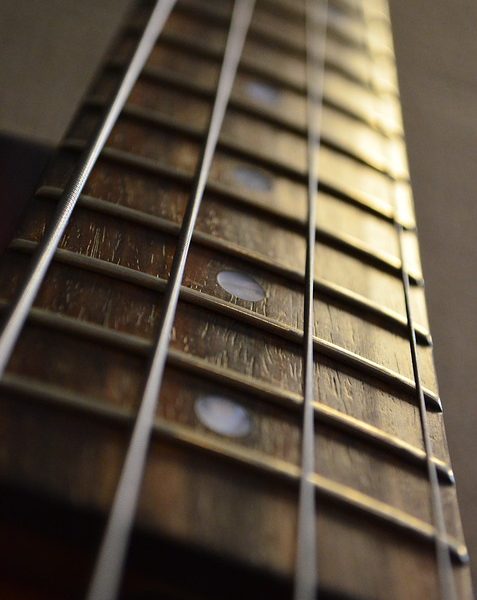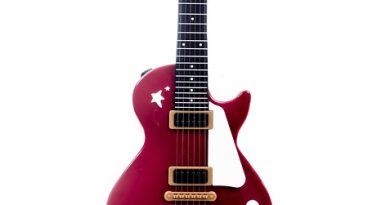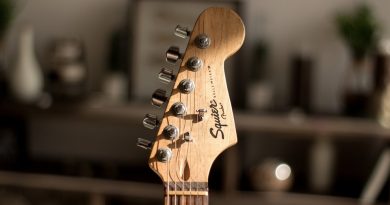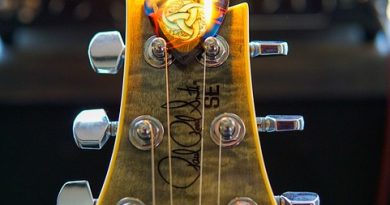Mastering Pedalboard Basics: A Guitar Beginner’s Guide
Mastering Pedalboard Basics: A Guitar Beginner’s Guide
As a guitarist, one of the most exciting aspects of playing is experimenting with different effects pedals to enhance your sound. A pedalboard is a crucial tool for organizing and controlling your pedals effectively. In this beginner’s guide, we will cover the basics of mastering a pedalboard, including selecting and arranging pedals, powering your board, and tips for maximizing your tone.
Selecting the Right Pedals
The first step in mastering a pedalboard is selecting the right pedals for your setup. There are countless options available, so it’s essential to consider what types of effects you want to achieve. Some common pedal types include:
1. Overdrive/Distortion: These pedals add grit and distortion to your tone, perfect for rock and metal genres.
2. Delay/Reverb: These pedals create space and depth in your sound by adding echoes and reverberations.
3. Modulation: Includes pedals like chorus, flanger, and phaser, which alter the pitch and frequency of your signal.
4. Tuner: Essential for keeping your guitar in tune during performances.
When choosing pedals, it’s essential to consider the order in which you will place them on your board. Generally, signal flow should begin with dynamic effects (such as compression), followed by dirt effects (overdrive/distortion), modulation effects, time-based effects (delay/reverb), and finally, the tuner.
Arranging Your Pedalboard
Once you have selected your pedals, arranging them on your pedalboard is crucial for usability and accessibility. Start by laying out your pedals in the order you want them to be connected, leaving space between each pedal for easy foot access. It’s also essential to consider the size and shape of your pedals to maximize space efficiency on your board.
To connect your pedals, use high-quality patch cables to minimize signal loss and interference. Some pedalboards also come with built-in power supplies and routing options, making setup even more straightforward.
Powering Your Pedalboard
Powering your pedalboard is another critical aspect of mastering pedalboard basics. Most pedals require a 9V power source, although some may require higher voltages. It’s essential to check the power requirements of each pedal and invest in a high-quality power supply to ensure consistent and clean power to your pedals.
There are several power supply options available, including isolated power supplies that prevent noise and interference between pedals. Some pedalboards also come with built-in power supplies, making setup even more straightforward.
Tips for Maximizing Your Tone
Once you have your pedalboard set up and powered correctly, there are a few tips for maximizing your tone and getting the most out of your effects pedals:
1. Experiment with different pedal orders: Try rearranging your pedals to see how different combinations affect your tone. You may discover new sounds and textures by placing pedals in different orders.
2. Use the right cables: Invest in high-quality patch cables to minimize signal loss and interference. Poor-quality cables can affect your tone and overall sound quality.
3. Practice with your pedals: Spend time getting to know each pedal and how it interacts with your guitar and amp. Experiment with settings and combinations to find your unique sound.
4. Keep your pedalboard organized: Regularly check and clean your pedalboard to ensure that cables are secure and pedals are functioning correctly. A well-maintained pedalboard will help you avoid technical issues during performances.
In conclusion, mastering pedalboard basics is essential for any guitarist looking to explore different effects and tones in their playing. By selecting the right pedals, arranging your pedalboard effectively, powering it correctly, and maximizing your tone with the right cables and setup, you can enhance your sound and take your guitar playing to the next level. Experiment with different pedal combinations, practice with your pedals, and keep your pedalboard organized to get the most out of your effects pedals and create your unique sound.






